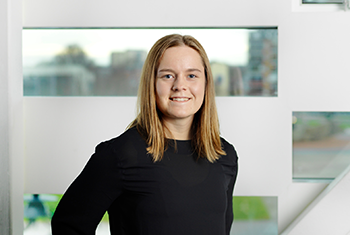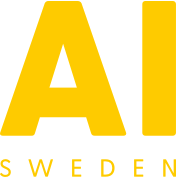Challenge: Can machine learning replace potential cytotoxic labeling of cell cultures?
The AI community is invited to join forces with AI Sweden and AstraZeneca to accelerate the drug development process through machine learning. Teams can now apply for competing in an intense two-week challenge with the aim to predict the content of cell images.

In the drug development process, the uptake of drugs in cells is typically studied using a combination of brightfield- and fluorescence cellular imaging. Fluorescence imaging is needed to identify certain structures in the cells and requires the use of toxic staining techniques.
The task
The task is to utilize machine learning to combine the advantages of bright field and fluorescence imaging and at the same time avoid the toxic effects of cell labeling by predicting the content of the fluorescence images from the corresponding bright field images.
In this competition, we want the participants to utilize machine learning to accelerate the analysis of cellular imaging and potentially replace the potential cytotoxic fluorescence labeling step in the experiment. We hypothesize that it is possible to predict the content of the fluorescence image from the corresponding bright field images using deep learning.
Anders Broo, Head of Data Science and Modelling at AstraZeneca
Download the complete problem formulation
Background
Novel therapeutics and cell imaging
Historically, most drugs have been small molecules binding to target proteins in the body. The problem is that one drug might bind to several similar proteins, creating unwanted side effects. A more specific way is to target the RNA sequence of the proteins where nanomedicines often are used to transport RNA cargo through the body. These nanomedicines are small engineered machines made from biomolecules that interact with cell membranes and machinery to deliver RNA into cells where it can affect their function.
To be able to inject the nanomedicines into the skin will make treatments with nanomedicines easier for patients. One of the most important cellular targets are the fat cells (adipocytes) that we all have in our skin. To avoid using human test subjects, adipocyte cell cultures can be created from stem cells. One of the most important methods to investigate the uptake of nanomedicines in cells is cell imaging, which is the topic of this challenge.
The goal of cell imaging is to extract relevant information about the cell structures that can guide pharmaceutical development. To permit imaging of different cell structures, fluorescence microscopy is used to label specific parts of the cell.
The adipocyte data set
AstraZeneca is sharing a data set consisting of pictures of stem-cell derived human adipocyte cell cultures The cells have been imaged, using a robotic confocal microscope, at three different magnifications, using both brightfield and fluorescence imaging.
After the competition, the data set will be accessible for non-commercial purposes to all AI Sweden partners through the Data Factory.
This is a great example of how a collaborative mindset and new ways of working can accelerate applied AI in Sweden! In this competition AstraZeneca contributes with data and domain knowledge while AI Sweden provide computational resources and outreach to the AI community.
Johanna Bergman, Head of Project Portfolio at AI Sweden.
Facts:Application is open, apply before October 15
The challenge will be held online starting on November 2
Total prize sum, sponsored by AstraZeneca is $5000
Maximum number of team members is 5
Teams will have access to computational infrastructure during the competition
For more information, please contact:
Johanna Bergman
Head of Project Portfolio
+46(0)31-764 70 10
johanna.bergman@ai.se


